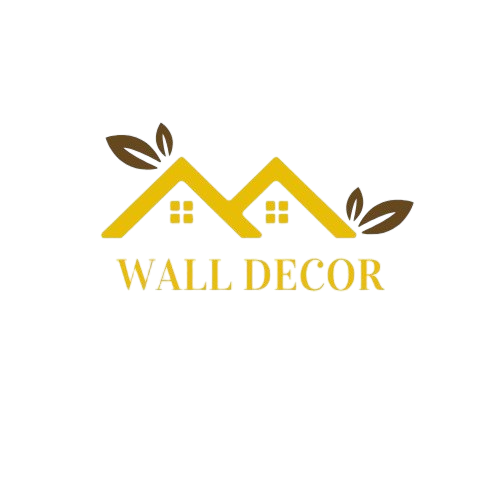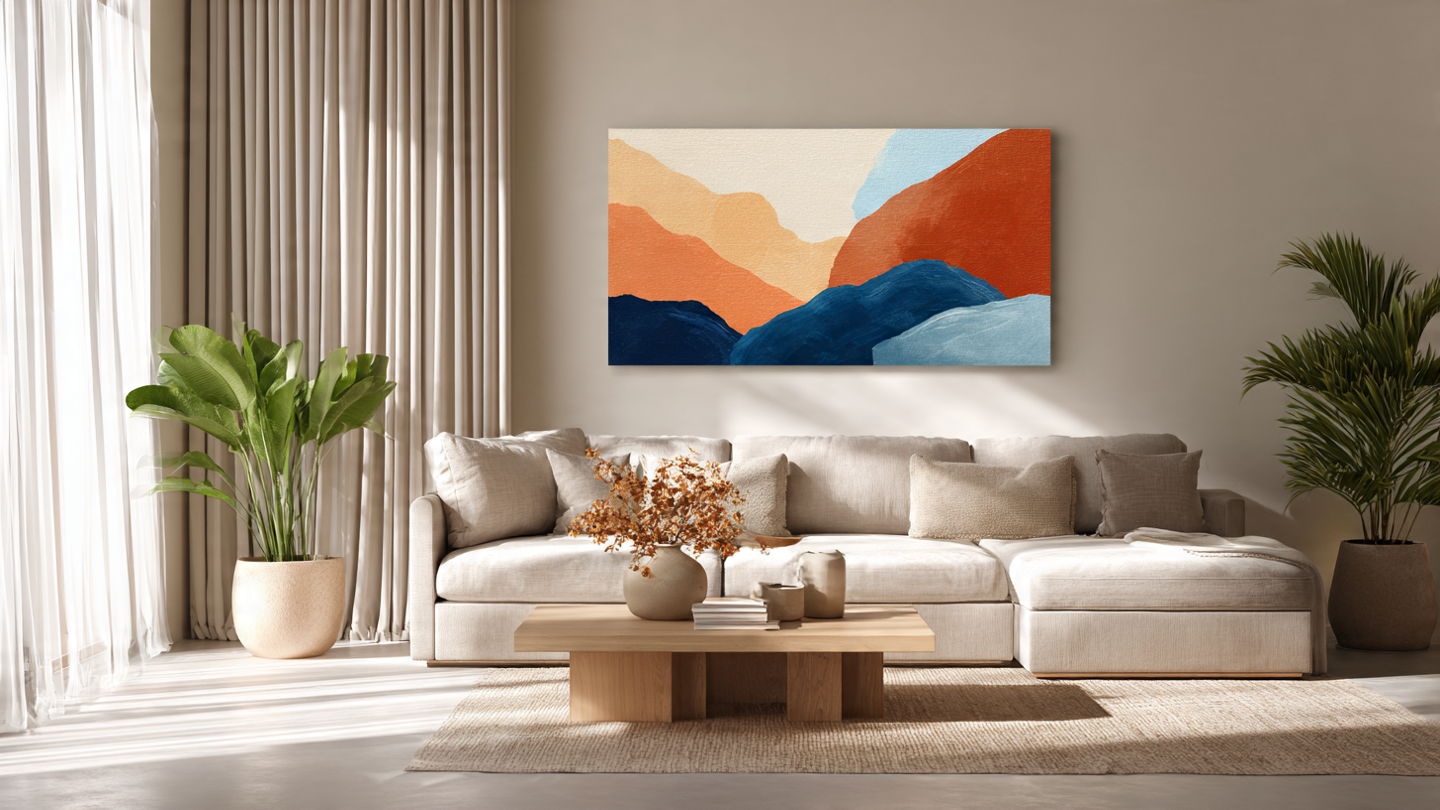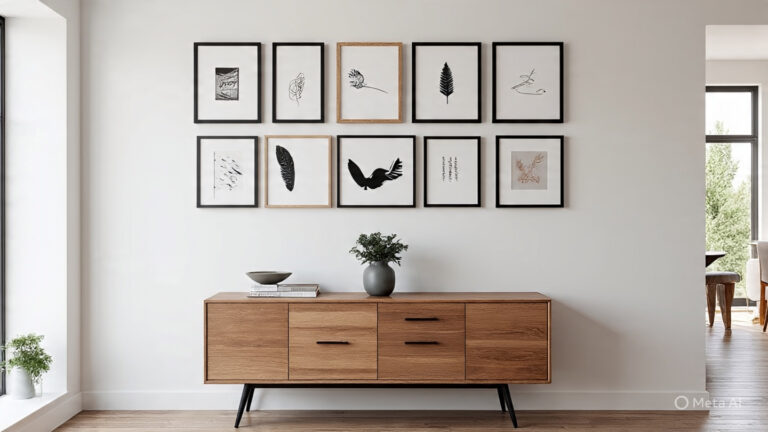15+ Easy DIY Abstract Canvas Painting Ideas to Transform Your Walls
Ever stare at a blank wall and wish you had a stunning, unique piece of art to fill the space? You browse online stores, but the perfect piece is either wildly expensive or just doesn’t feel like you.
What if I told you that you could create a breathtaking, modern abstract painting for your home, even if you’ve never picked up a paintbrush before?
It’s not only possible—it’s incredibly easy and fun. In my experience helping countless people decorate their homes, I’ve found that a homemade piece of art adds more personality than anything you can buy.
This guide is packed with simple, do-it-yourself abstract canvas painting ideas specifically for beginners. We’ll cover everything from the basic supplies you’ll need to step-by-step techniques that guarantee a beautiful result. Get ready to transform that empty wall into a masterpiece of your own making!
Key Takeaways: Your Quick Guide to DIY Abstract Art
- Anyone Can Do It: You don’t need to be a trained artist. These techniques are designed for complete beginners.
- Minimal Supplies Needed: All you really need to start is a canvas, a few colors of acrylic paint, and some basic brushes.
- Focus on Texture & Color: Abstract art is about emotion, not perfection. Experiment with different tools (like palette knives or sponges) and color combinations that you love.
- Five Easy Ideas to Start: We’ll walk you through five foolproof methods: color blocking, texture scraping, watercolor blots, masking tape geometrics, and adding gold leaf accents.
Why DIY Abstract Art is Perfect for Your Home
Before we dive into the “how-to,” let’s talk about the “why.” Creating your own wall art is one of the most rewarding home decor projects you can tackle.
- It’s Uniquely Yours: Your art will be a one-of-a-kind piece that reflects your personal style. No one else in the world will have it.
- Incredibly Budget-Friendly: For the price of a single mass-produced print, you can buy all the supplies needed to create a large, impactful canvas painting.
- A Relaxing, Creative Outlet: The process of painting can be incredibly therapeutic. It’s a wonderful way to de-stress and tap into your creative side. In fact, studies from institutions like Drexel University’s College of Nursing and Health Professions have shown that creating art can reduce stress hormones.
Gathering Your Essential Supplies (Your Abstract Art Starter Kit)
You don’t need a professional art studio to get started. Here’s a simple checklist of what I recommend having on hand.
- A Blank Canvas: I suggest starting with a medium-sized canvas, like 16×20 inches (that’s about 40×50 cm). It’s big enough to make an impact but not too intimidating.
- Acrylic Paints: These are perfect for beginners because they dry quickly and are easy to clean up. Start with 3-5 colors that match your room’s decor, plus black and white.
- Paint Brushes: A simple variety pack with a few different sizes will do the trick. You’ll want at least one large flat brush and one smaller detail brush.
- A Palette Knife (Optional but Recommended!): This is the secret weapon for creating amazing texture. You can also use an old gift card or a plastic scraper.
- Painter’s Tape: Essential for creating clean, geometric lines.
- The Basics: A cup for water, paper towels for blotting, and a drop cloth or old newspaper to protect your surface.
5 Incredibly Easy DIY Abstract Canvas Painting Ideas
Here are five of my favorite, go-to techniques that are perfect for beginners. Pick the one that speaks to you and give it a try!
Idea 1: The Minimalist Color Block
This method is all about clean lines and simple, bold fields of color. It looks incredibly chic and modern.
- Choose Your Palette: Pick 2-3 complementary colors.
- Plan Your Design: Lightly sketch out your “blocks” with a pencil. They can be squares, rectangles, or even triangles.
- Paint the Blocks: Carefully paint inside the lines of each block with a flat brush.
- Add a Defining Line: Once dry, you can add a thin line of black or a metallic color between the blocks to make them pop.
Idea 2: The Textured Scrape Technique
This is where that palette knife comes in handy! It’s the best way to get that thick, professional-looking texture.
- Apply Paint: Squeeze generous blobs of your different paint colors directly onto the canvas. Don’t be shy!
- Scrape and Spread: Take your palette knife or an old credit card and drag it across the canvas, spreading and blending the colors.
- Experiment with Motion: Scrape in different directions—up and down, side to side, or diagonally. The varied strokes are what create the interest. In my experience, less is more. Two or three good scrapes are often better than over-blending.
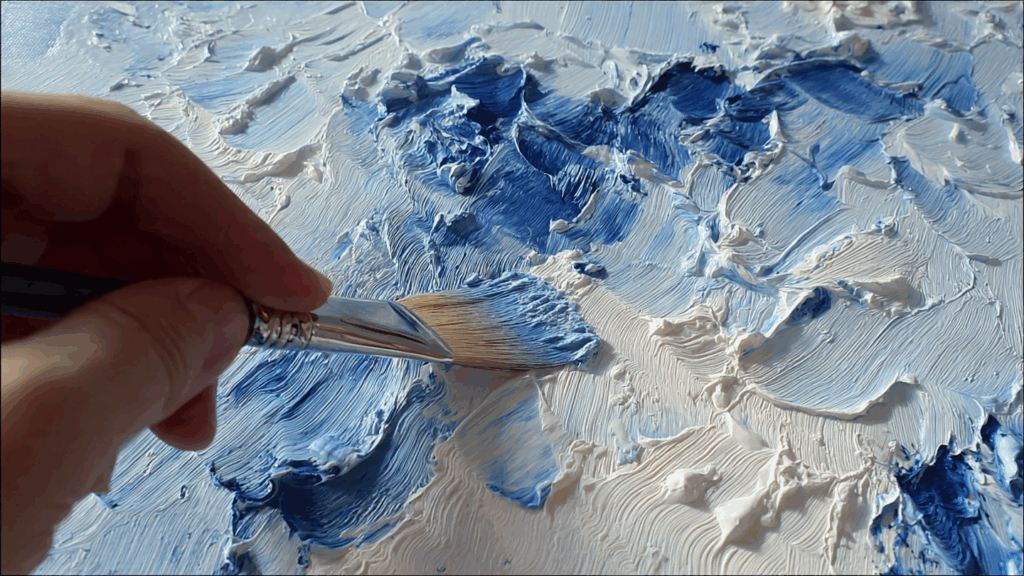
Idea 3: The Soothing Watercolor Blot
This technique uses watered-down acrylics to create a soft, dreamy, watercolor-like effect.
- Dilute Your Paint: In a small cup, mix a bit of your acrylic paint with water until it has a thin, ink-like consistency.
- Apply to Canvas: Use a large brush to drop or “blot” the watery paint onto the canvas.
- Tilt and Blend: Gently tilt the canvas in different directions to let the colors run and blend into each other naturally. This creates beautiful, organic shapes.
- Layer Colors: Let the first layer dry slightly, then add a second color for more depth.
Idea 4: The Bold Geometric Masking Tape Method
If you love crisp edges and geometric patterns, this is the technique for you. It’s practically foolproof.
- Create Your Pattern: Place strips of painter’s tape firmly on your canvas to create a pattern of triangles, diamonds, or random intersecting lines. For more inspiration, you should check out our guide on [Internal Link Suggestion: How to Use Geometric Patterns in Wall Decor].
- Paint the Sections: Paint within the taped-off sections. You can use a different color for each section or create a gradient.
- The Big Reveal: Here’s a pro tip: Peel off the tape while the paint is still slightly wet. This ensures you get the sharpest possible lines without any peeling.
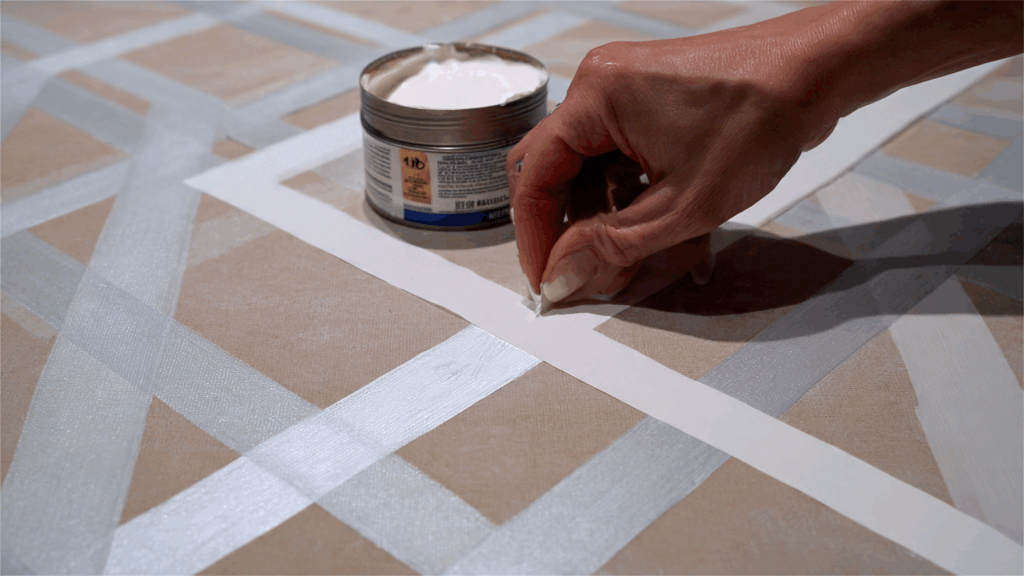
Idea 5: The Spontaneous Gold Leaf Accent
Adding a touch of metallic shine can instantly elevate your painting and make it look incredibly luxurious.
- Create a Base: Use any of the methods above to create a simple abstract background. Let it dry completely.
- Apply Adhesive: Brush on a thin, even layer of metal leaf adhesive (available at craft stores) where you want the gold to be. It usually goes on milky and dries clear.
- Add the Gold Leaf: Gently press a sheet of gold leaf onto the sticky area. Use a soft, dry brush to smooth it down and brush away the excess. The result is a stunning, high-end look.
Frequently Asked Questions (FAQ)
What is the easiest abstract art to paint?
The easiest methods for beginners are the masking tape geometric technique and the color block painting. Both rely on simple shapes and don’t require any special blending skills to look great.
Can a total beginner really do abstract painting?
Absolutely! The beauty of abstract art is that there are no rules. It’s about expressing feeling through color, texture, and shape. You don’t need to know how to draw realistically, making it the perfect starting point for anyone.
What acrylic paint colors should I start with?
A great starter palette is Titanium White, Mars Black, Ultramarine Blue, Cadmium Yellow, and a bright red (like Cadmium Red). With these, you can mix almost any color you can imagine.
How do I seal my finished painting?
To protect your painting from dust and UV light, you can apply a varnish. Wait until the acrylic paint is fully cured (at least 72 hours), then apply 1-2 thin coats of a gloss or matte acrylic varnish with a clean, wide brush.
Your Turn to Create!
Creating your own wall art is a journey, not a destination. Don’t be afraid to experiment, make mistakes, and most importantly, have fun with it. The simple DIY abstract canvas painting ideas we’ve covered today are just the beginning. Pick a technique that excites you, put on some music, and let your creativity flow.
You have the power to create a home that is truly and beautifully yours.
Which one of these ideas are you most excited to try? Let me know in the comments below!
